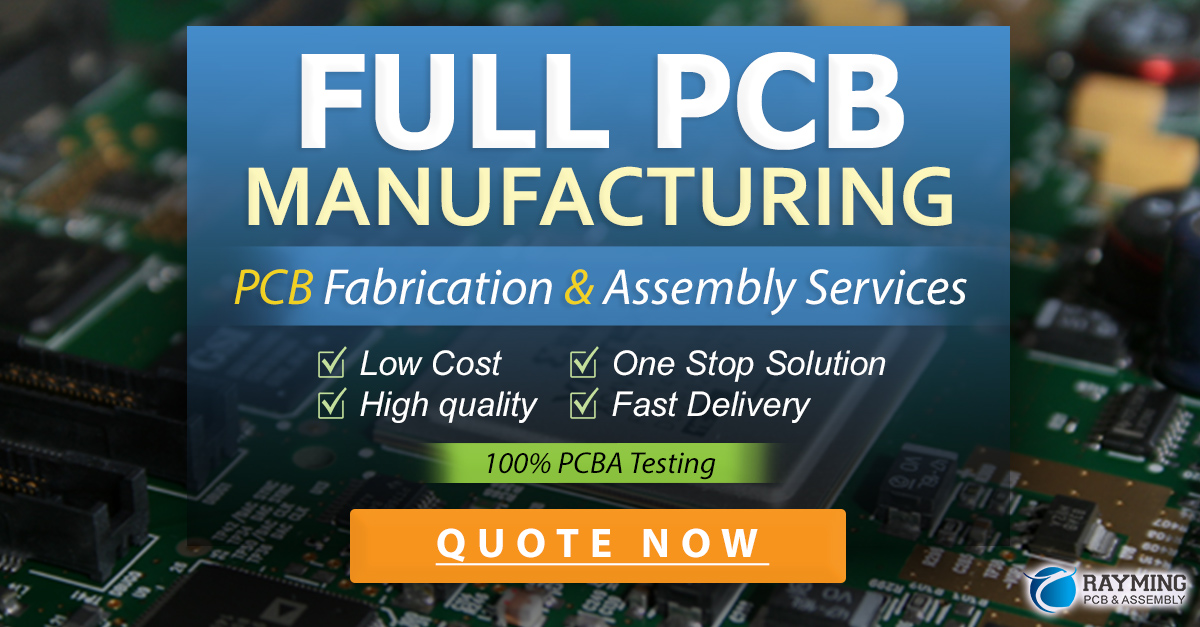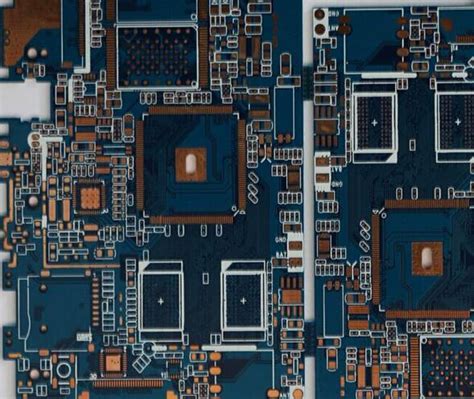1. Compliance with International Regulations
One of the primary reasons to build lead-free and RoHS compliant PCB assembly is to adhere to international regulations. The Restriction of Hazardous Substances (RoHS) directive, introduced by the European Union in 2006, restricts the use of six hazardous materials, including lead, in the manufacture of electronic and electrical equipment. By complying with RoHS standards, manufacturers can ensure that their products meet the legal requirements and can be sold in the global market.
2. Reduced Health Risks
Lead, a toxic heavy metal, has been widely used in traditional PCB assembly processes. However, exposure to lead can cause severe health problems, such as neurological disorders, reproductive issues, and developmental delays in children. By eliminating lead from the PCB assembly process, manufacturers can significantly reduce the health risks associated with handling and disposing of electronic waste.
3. Environmental Protection
Lead and other hazardous substances used in PCB assembly can have detrimental effects on the environment when electronic waste is improperly disposed of. These substances can leach into the soil and water, causing pollution and harm to wildlife. By adopting lead-free and RoHS compliant practices, manufacturers can minimize the environmental impact of their products and contribute to a greener future.

4. Enhanced Product Reliability
Lead-Free PCB assembly not only benefits human health and the environment but also improves the reliability of electronic products. Lead-free solder joints have been shown to have better mechanical strength and thermal cycling performance compared to lead-based solder joints. This enhanced reliability translates to longer product life cycles and reduced failures in the field.
5. Improved Manufacturing Processes
Transitioning to lead-free and RoHS compliant PCB assembly has driven manufacturers to optimize their processes and adopt advanced technologies. Lead-free soldering requires tighter process control, higher temperatures, and more precise equipment. By investing in these improvements, manufacturers can achieve higher quality, consistency, and efficiency in their PCB assembly operations.
6. Cost Savings in the Long Run
While the initial transition to lead-free and RoHS compliant PCB assembly may involve some upfront costs, such as upgrading equipment and training personnel, the long-term benefits can lead to cost savings. By reducing the use of hazardous substances, manufacturers can avoid the expenses associated with handling, storing, and disposing of these materials. Additionally, the improved reliability of lead-free products can result in fewer warranty claims and returns, ultimately saving costs for both manufacturers and consumers.
7. Competitive Advantage in the Market
As consumer awareness of environmental and health issues grows, the demand for eco-friendly and RoHS compliant products is on the rise. By proactively adopting lead-free and RoHS compliant PCB assembly practices, manufacturers can differentiate themselves in the market and gain a competitive edge. Demonstrating a commitment to sustainability and consumer safety can help build brand reputation and customer loyalty.
8. Simplified Supply Chain Management
Sourcing components and materials for lead-free and RoHS compliant PCB assembly has become more streamlined over the years. As more suppliers have adapted to the RoHS directive, the availability of compliant components has increased. This simplifies supply chain management for manufacturers, as they can easily procure the necessary materials without the need for extensive testing and verification.
9. Future-Proofing Products
As environmental regulations continue to evolve and become more stringent, building lead-free and RoHS compliant PCB assembly ensures that products are future-proofed. By staying ahead of regulatory changes, manufacturers can avoid the need for costly redesigns and re-certifications in the future. This proactive approach not only saves time and resources but also demonstrates a commitment to responsible manufacturing practices.
10. Corporate Social Responsibility
Adopting lead-free and RoHS compliant PCB assembly practices is a significant step towards corporate social responsibility. By prioritizing the health and safety of workers, consumers, and the environment, manufacturers can demonstrate their commitment to ethical and sustainable business practices. This not only enhances the company’s reputation but also contributes to the overall well-being of society.
Comparison of Lead-Based and Lead-Free Solder Properties
| Property | Lead-Based Solder | Lead-Free Solder |
|---|---|---|
| Melting Point | 183°C | 217°C – 227°C |
| Tensile Strength | 40 MPa | 50 MPa |
| Shear Strength | 30 MPa | 35 MPa |
| Thermal Cycling Performance | Lower | Higher |
| Environmental Impact | High | Low |
Frequently Asked Questions (FAQ)
-
What is RoHS compliance?
RoHS (Restriction of Hazardous Substances) is a directive that restricts the use of six hazardous materials, including lead, in the manufacture of electronic and electrical equipment. RoHS compliance ensures that products meet the legal requirements set by the European Union and other regions that have adopted similar regulations. -
Are lead-free PCBs more expensive than traditional PCBs?
Initially, the transition to lead-free PCB assembly may involve some additional costs due to the need for upgraded equipment, training, and process adjustments. However, in the long run, lead-free PCBs can lead to cost savings through improved reliability, reduced handling and disposal costs of hazardous materials, and fewer warranty claims. -
How can I ensure that my PCB assembly is lead-free and RoHS compliant?
To ensure lead-free and RoHS compliant PCB assembly, manufacturers should work with suppliers who provide RoHS compliant components and materials. Additionally, implementing strict process controls, using lead-free solder, and conducting regular testing and inspections can help maintain compliance throughout the manufacturing process. -
What are the health risks associated with lead exposure in PCB assembly?
Lead exposure can cause various health problems, including neurological disorders, reproductive issues, and developmental delays in children. Workers involved in PCB assembly processes that use lead-based solder are at a higher risk of exposure through inhalation of lead fumes or ingestion of lead particles. -
Are there any challenges in switching to lead-free PCB assembly?
Switching to lead-free PCB assembly requires some adjustments in the manufacturing process. Lead-free solder has a higher melting point, requiring higher soldering temperatures and more precise process control. Manufacturers may need to invest in new equipment, train their personnel, and optimize their processes to ensure reliable lead-free solder joints.
In conclusion, building lead-free and RoHS compliant PCB assembly offers numerous benefits for manufacturers, consumers, and the environment. From compliance with international regulations and reduced health risks to enhanced product reliability and corporate social responsibility, the advantages of adopting lead-free practices are clear. As the electronics industry continues to evolve, embracing lead-free and RoHS compliant PCB assembly is not only a responsible choice but also a strategic move for long-term success in the global market.






Leave a Reply